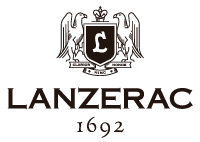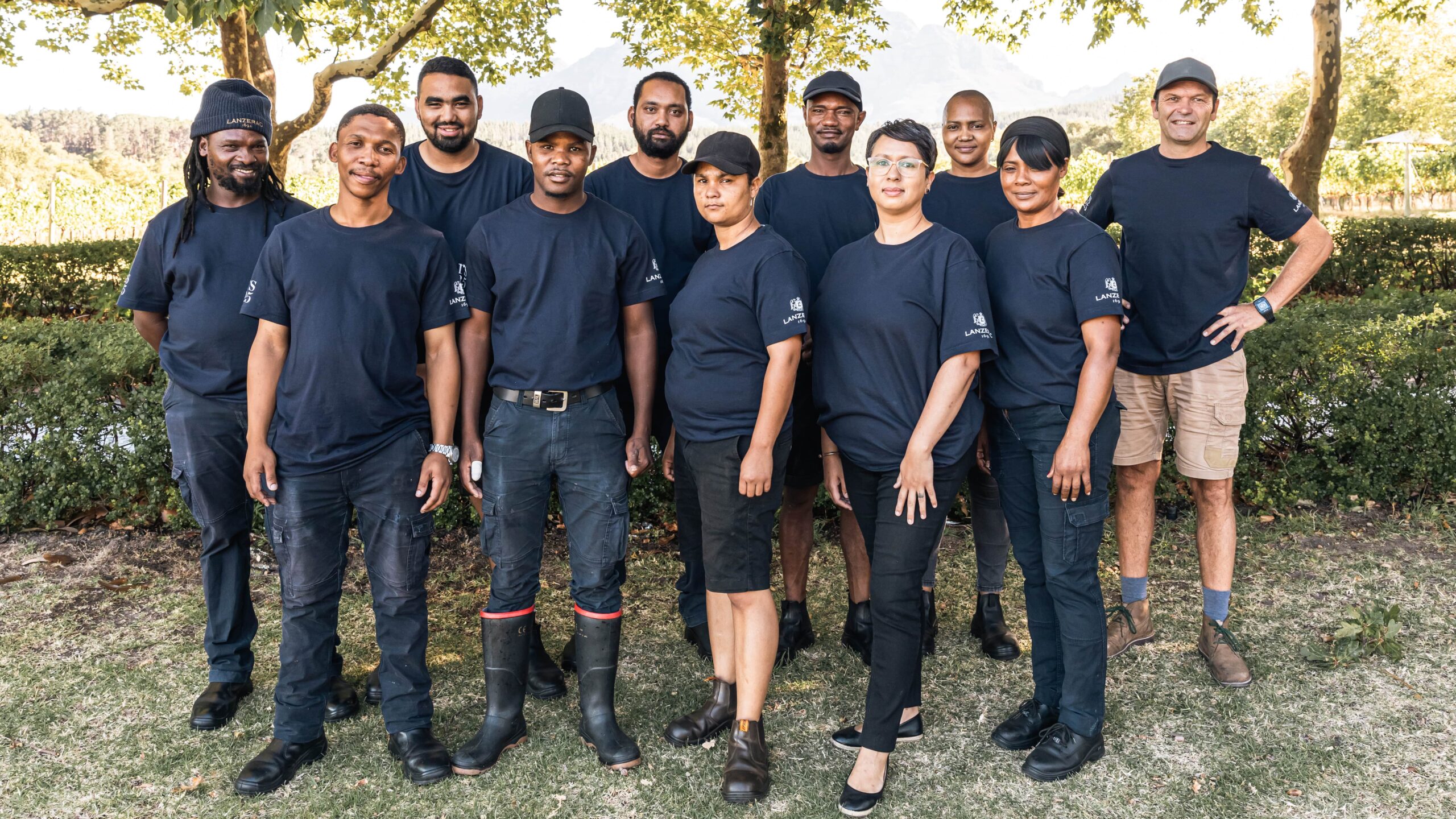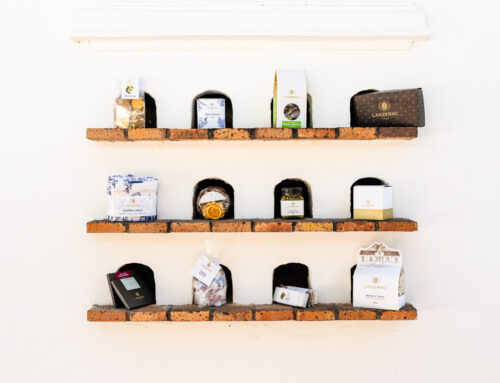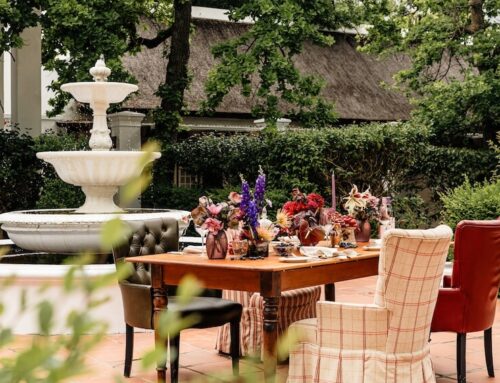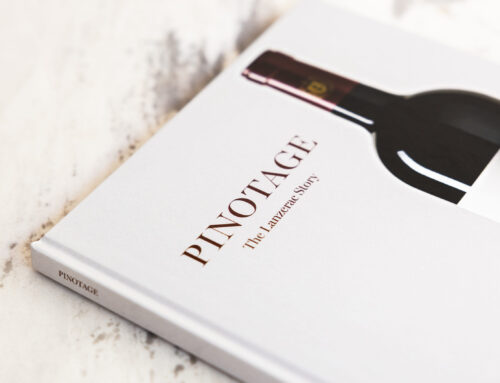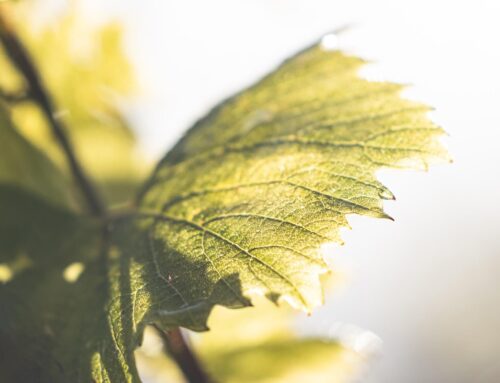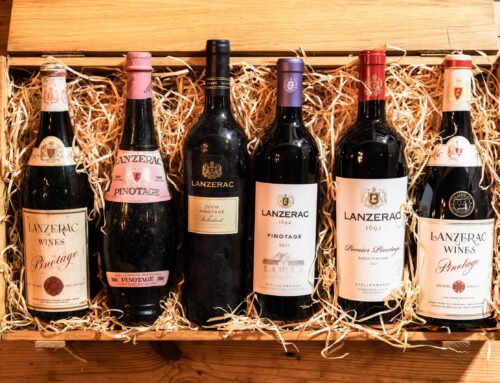The Lanzerac vineyards are a buzz with activity from late January to April as harvest season unfolds. This period is a culmination of a year’s hard work in the vineyards, but the magic truly begins when the grapes arrive at the wine cellar. Inside these cool, dimly lit spaces, a skilled Cellarmaster and team transform freshly picked grapes into some of the world’s finest wines.
Once the grapes are carefully hand-picked, they make their way to the cellar. Timing is crucial as the grapes need to arrive as quickly as possible to maintain their freshness and acidity. At the cellar, the winemaking process kicks off with sorting and destemming. Any unwanted leaves, stems, or under-ripe grapes are removed to ensure only the best fruit makes it into the fermentation tanks.
After sorting, the grapes undergo crushing, where the skins break to release the juice. Red wines typically undergo fermentation with the skins to extract colour, tannins, and flavour, while white wines are usually pressed before fermentation. Yeast is then introduced to convert the sugars in the grape juice into alcohol. The fermentation process can take anywhere from a few days to several weeks, depending on the grape variety and desired wine style.
Temperature control is not just important for people during the summer months, but during fermentation as well. Lanzerac’s Cellarmaster, Wynand Lategan use stainless steel tanks, oak barrels, and even concrete amphoras to regulate temperature and enhance flavour development. For our Heritage range wines, punch-downs and pump-overs are performed regularly to ensure optimal extraction from the skins.
Once fermentation is complete, the wine moves to the next phase—maturation. This stage can last months or even years, depending on the wine. Wines like the Jonkershoek Sauvignon Blanc and Pinotage Rosé may spend a short time in stainless steel tanks, while the red wines mature in oak barrels to develop complexity and structure. Lanzerac exclusively uses French oak barrels to introduce different flavour profiles, such as vanilla, spice, or smokiness.
During aging, winemakers frequently taste and analyse the wines, making decisions about blending, racking (removing sediment), and refining the wine. Some Lanzerac wines undergo malolactic fermentation, which softens acidity and enhances mouthfeel, particularly for reds and certain white wines like the Mrs English Chardonnay.
When the wine reaches its optimal maturity, it is clarified and stabilized before bottling. This stage involves filtering to remove any remaining particles and ensuring that the wine remains fresh and stable in the bottle. Some wines are bottled immediately, while others may continue to rest in the bottle for further aging before release.
Some wines are released quickly to capitalise on its vivid fruitiness, while others are held back for further bottle aging. Lanzerac has always been at the forefront of diverse styles, from crisp Sauvignon Blancs and elegant Chardonnays to bold Pinotage and refined Bordeaux-style blends. More recently even experimental, small scale production wines like the Keldermeester Versameling range of wines.
The journey of every Lanzerac wine doesn’t end when the grapes are harvested, it truly begins in the cellar. Each step, from fermentation to bottling, plays a crucial role in shaping the final product. Sipping on your favourite Lanzerac wine during this harvesting season, remember that behind every bottle is a team of dedicated individuals who work tirelessly to bring the best flavours from our vineyard to your glass.
